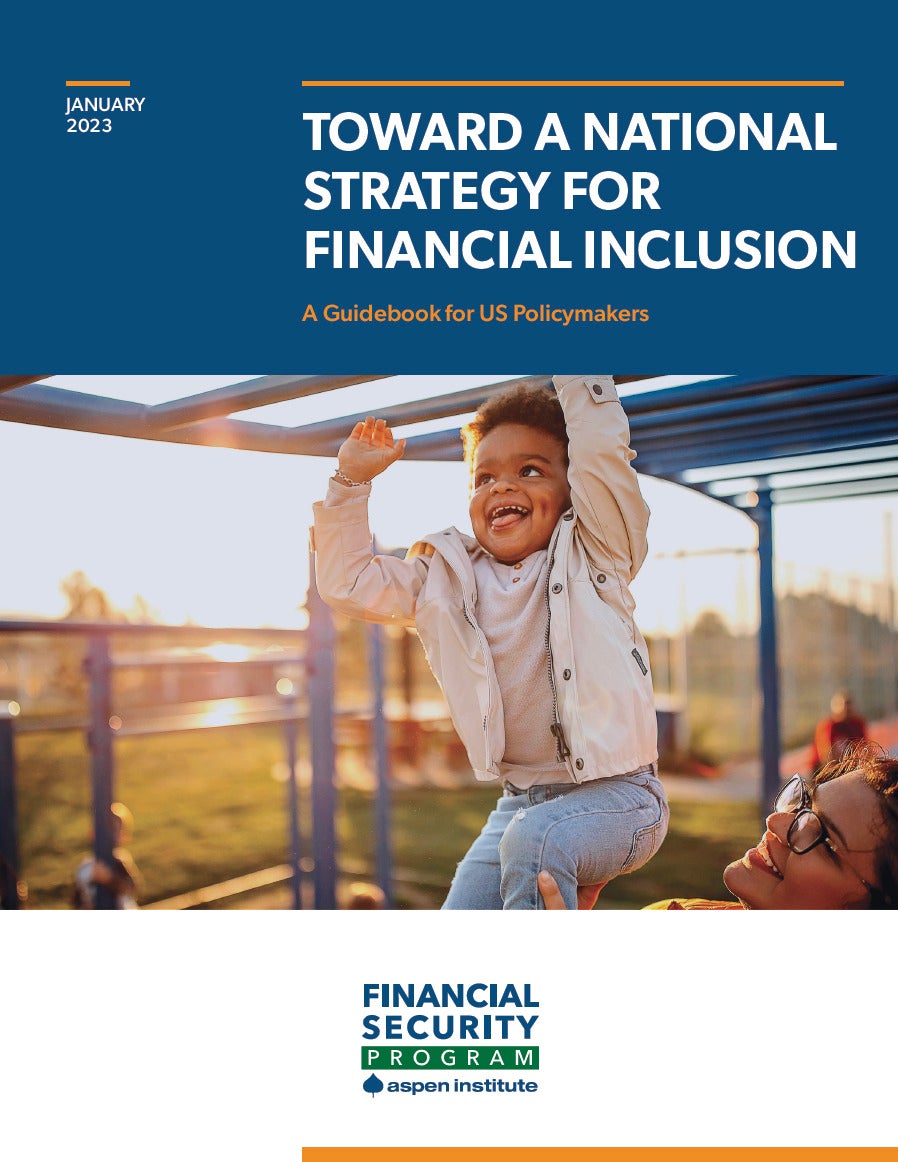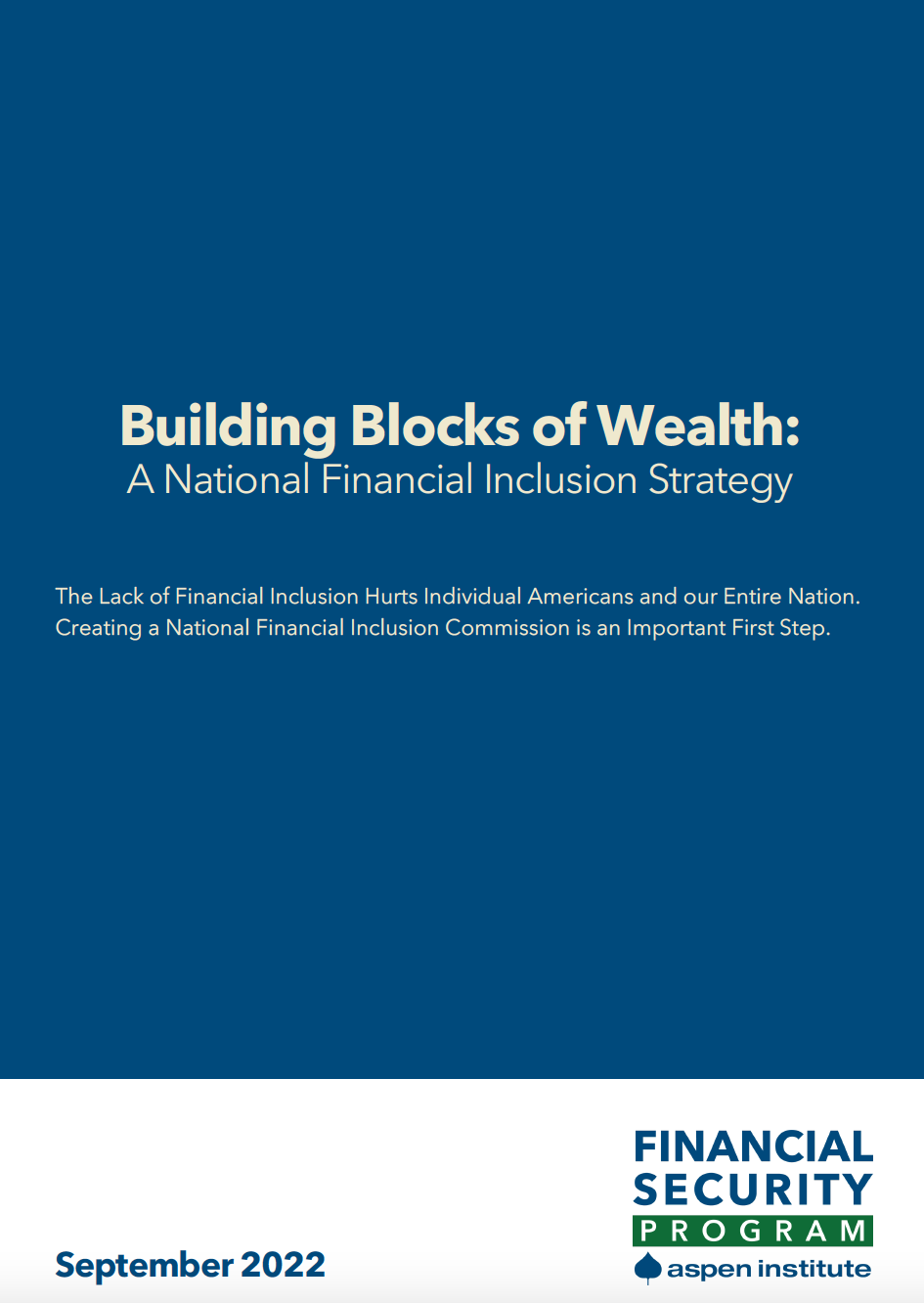The financial system represents critical infrastructure for the U.S. economy. When it’s well functioning, it provides all people the financial tools to live up to their full potential – making the ‘American Dream’ a reality. However, not everyone in our country has benefitted in the same way from financial services.
Recently, both U.S. Senators and a large coalition of industry and nonprofit stakeholders have led a call for a U.S. National Financial Inclusion Strategy. These groups believe that a coordinated, comprehensive approach to financial inclusion— one that defines national financial inclusion objectives and sets out a prioritized list of action steps— will help accelerate our progress towards a financial system more people can benefit from.
This paper provides a detailed roadmap for policymakers to deliver such a national strategy. Drawing on lessons learned from other countries that have implemented national strategies, we outline here a set of guiding principles, an implementation guide and a measurement framework to inform the development of a National Strategy.
We believe that following this guidebook will get us closer to an America where all people can access, use, and reap the benefits of a full suite of financial products for stability, resilience, and long-term financial security.
Funder Acknowledgement
This paper was developed with support from Wells Fargo. This paper was also developed as part of the Global Inclusive Growth Partnership, a collaboration between the Aspen Institute and the Mastercard Center for Inclusive Growth.
Additional Reading from Building Inclusive Financial Systems



